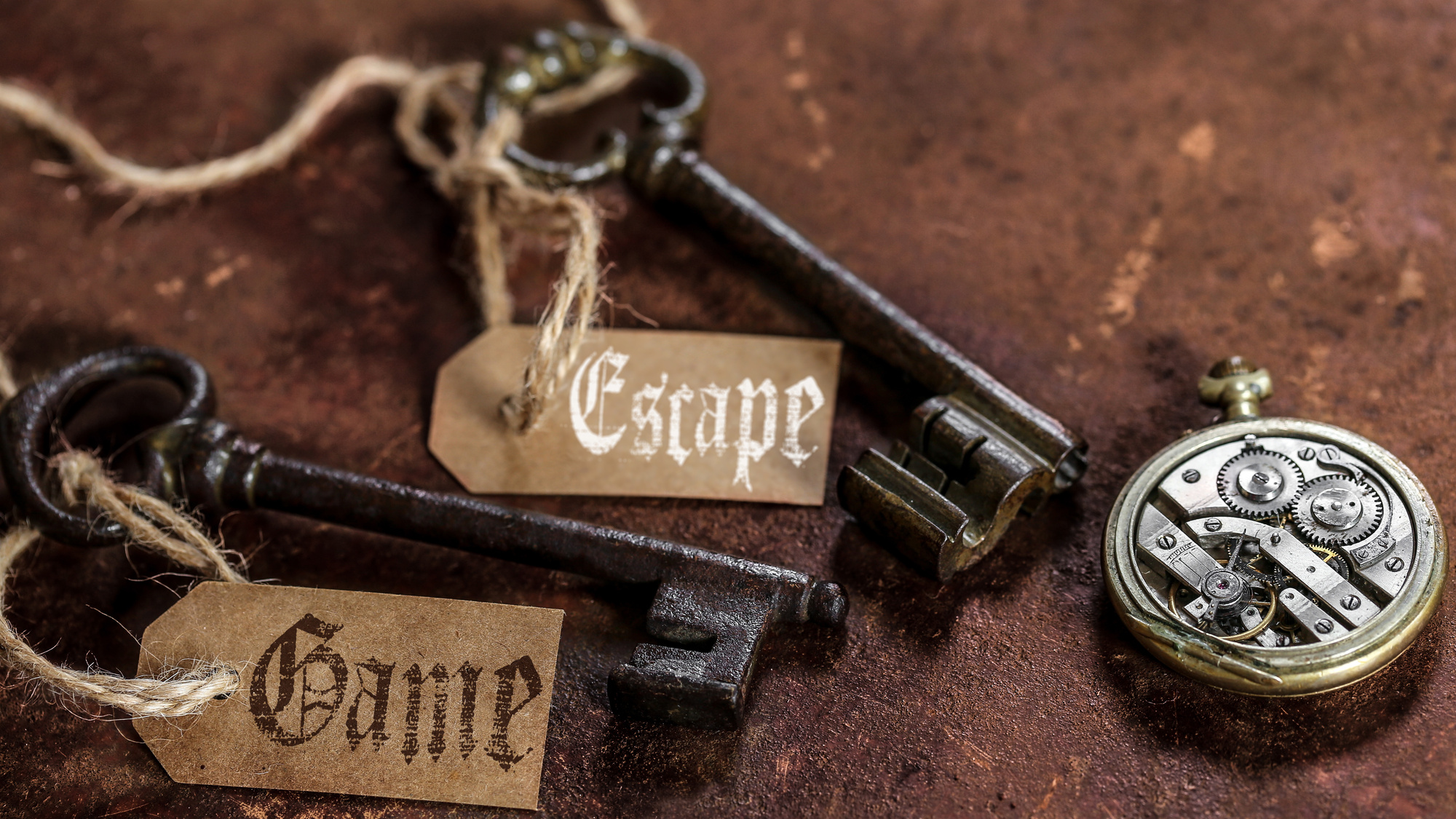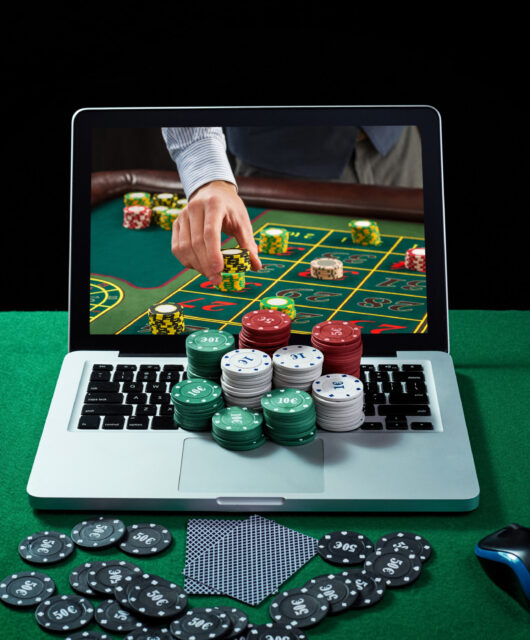How To Make an Escape Room for Kids
 Escape Rooms are a rapidly-growing part of the $1485.79 billion global leisure and recreation industry. They provide the perfect mix of fun and fantasy that appeals to a wide range of ages and audiences.
Escape Rooms are a rapidly-growing part of the $1485.79 billion global leisure and recreation industry. They provide the perfect mix of fun and fantasy that appeals to a wide range of ages and audiences.
Due to this, they’re a great type of entertainment for children, with important educational benefits, too.
Would you like to make an escape room at home, so your children can enjoy customized fun and learning? Keep reading for all the best tips on how to make an escape room for kids.
Table of Contents
What Is an Escape Room?
No escape room guide is complete without outlining what an escape room is and what it isn’t.
There are very few limitations on the definition of an escape room. It’s a live game, carried out in real-time, involving actions carried out according to a theme or storyline.
Players must figure out how to do certain tasks to complete the storyline and reach the end of the game. It’s usually a team-based activity with a specific goal. This could be freeing a prisoner, finding treasure, or averting some disaster.
The action occurs inside a predefined space, usually a sealed room, containing clues and objects to help participants reach their goals.
Despite this convincing immersion, few escape rooms feature frightening aspects or jump scares, and participants are free to leave at any time.
Physical escape rooms came about in Japan in 2003, due to the popularity of an escape-based computer game, “the Crimson Room”, developed by Toshimitsu Takagi.
Some escape rooms have historical contexts, like defeating the enemy during WWII or finding Pharaoh’s treasure. Others are completely fictional, such as an outer space conquest, or mythological achievement.
Why Are Escape Rooms So Popular?
Due to their versatility, escape rooms can cater to participants as young as 10 years old, depending on the games involved. The success of these venues depends on how well they cater to five common human desires.
These are:
Leisure
Ironically, escape rooms themselves provide an escape from daily stresses and humdrum routines. They’re ideal for those who want to enjoy a short, safe respite from reality.
Adventure
Compelling storylines create a convincing sense of risk while taking part in escape room activities. It’s a safe way for children to enjoy high adventure and use their creative skills.
Fun
If you can introduce fun into a learning environment, you’ve won half the battle. Escape rooms provide abundant opportunities for fun as players try to solve riddles and anticipate the outcomes.
Challenge
Challenges are a part of everyday life, and escape rooms allow children to flex their problem-solving skills in a safe environment.
Solving puzzles and seeking clues during an escape room experience gives children ample opportunities to learn cause and effect while finding positive outcomes for situations.
Entertainment
People have a high need for entertainment as an important component of good psychological health. This is particularly relevant to children, as studies show strong ties between entertainment and language and cognitive development.
The sealed environment of an escape room creates an immersive experience for players that more fully enhances these benefits.
Benefits of Making an Escape Room
An escape room provides an exciting diversion for children stuck inside on rainy days, or during breaks from school. They also come in handy as a venue for kids’ birthday parties or when friends come over to play.
Apart from the recreational enjoyments of an escape room, these activities also have significant educational and developmental benefits for children.
Depending on the featured activities, these may include:
Problem-Solving
Placing children in a competitive environment and giving them problems to solve, teaches them to persevere until they find a solution. Grit is a key attribute of successful students.
When they do find a solution, be it as a team or individually, successful problem-solving boosts confidence, as it shows them that they can figure things out by themselves. This stands them in good stead when faced with difficult questions in a test environment, where they can’t ask for their teacher’s guidance.
They learn the benefits of trial-and-error testing to achieve the outcomes they want when a solution isn’t immediately apparent.
Children retain these lessons for much longer due to hands-on participation.
Logic
Since the clues in an escape room impact each other, students learn cause and effect. Logic puzzles can:
- boost brain activity
- build confidence
- encourage systematic thinking
- reduce boredom
Deciphering codes, finding clues, solving puzzles, and working as a team to fit it all together is an excellent workout for young minds.
They don’t need any physical strength, special skills, or prior learning to enjoy taking part in escape room games.
Creativity
With limited time available, children must harness their creative skills if they want to beat the clock in an escape room challenge. This on-the-spot thinking stands them in good stead for future out-the-box thinking.
The fictional environment of an escape room not only enhances the creative aspect but creates a sense of fun that allows children to learn and grow without pressure to achieve. Recent studies prove that gamification helps increase motivation for learning.
Critical Thinking
Critical thinking and logic go hand in hand. This kind of reasoning involves:
- Evaluating the evidence
- Considering the solutions posed by teammates
- Using their ideas with yours to establish a suitable outcome
Practicing critical thinking in a play-based environment helps children develop the potential to employ critical thinking in other time-based, pressurized scenarios.
Collaboration
Young children are self-absorbed beings by nature, and an escape room places them in situations where they must work together to achieve an outcome.
Peer-to-peer communication is a key aspect of escape room puzzles, requiring collaboration and cooperation between players.
This helps children determine team roles and dynamics, learn conflict-resolution skills, acquire situational awareness, and play nicely with others.
Popular Escape Room Themes and Challenges
Escape Rooms feature a variety of puzzles and physical challenges. Never versions may include advanced technology that makes the experience extremely realistic.
Some of the more common features of an escape room are number and text-based puzzles, combination puzzles, and physical puzzles, such as searching for items.
It’s a good idea to visit some established escape rooms like Boxaroo Boston, The Great Escape Room Minneapolis, or Cross Roads Escape Games Anaheim to get ideas for your escape room games.
Some of the best themes are:
Mystery
Mystery-themed escape rooms center around investigating a crime scene to discover the culprit. They may include a detective theme or a civilian investigation, like a murder mystery dinner.
Most of these theme rooms focus on solving a murder, but you can use a robbery or other crime scenario.
Crime
These escape rooms allow the participants to play the role of the bad guy. They might involve a bank robbery, stagecoach heist, or escaping from imminent arrest.
Fantasy
There’s no limit to the themes you can use in a fantasy escape room. Some popular themes might include fairies, dragons, magic, and even Halloween-inspired events.
Science
Science and lab escape rooms offer abundant opportunities to include learning in the fun. Children can perform simple chemical experiments or solve formulae to achieve a result, or use a periodic table to decipher a code or message.
Pop Culture
Anything from My Little Pony to Harry Potter will do for these escape rooms, depending on the age of the participants. Find out what’s trending in the realm of children’s popular TV shows, movies, or games when selecting your theme.
Tech
Sci-fi escape rooms are becoming more popular with the advent of virtual reality gamification. Touchscreen puzzles, holograms, and more all work brilliantly for creating spectacular tech-themed escape rooms.
Military
Military-themed escape rooms may involve escaping from behind enemy lines, defusing a nuclear weapon, or planning an attack on an enemy. There are many ways you can implement this theme in your puzzles like morse code, military time, foreign language translations, or code deciphering.
Prison
An escape is an obvious choice with a prison-themed escape room and one of the original themes for these games. You can make your challenge as simple as getting out of a single room or include aspects like evading the guards or getting through several levels of security.
Seasonal
These themes are best for holiday games and provide a wealth of ways to tailor-make your puzzles for your event. A Christmas theme might involve unwrapping presents to find clues, while an egg hunt suits your Easter event perfectly.
How to Make an Escape Room for Kids
By now, you’re brimming with ideas for your escape room, and it’s time to get down to the nitty-gritty aspects of the planning. Here’s what you need to do:
Setting Up Your Room
All you need for an escape room experience is a room that you can seal off from the outside world with a door or doors. You don’t need an empty room, the more hiding places available, the better, so your living room or study will do fine.
You should preferably draw the blinds or seal the room off from outside distractions in some other way.
It’s best to decorate the room in line with your theme, to create a sense of true immersion in the activities. Include a clock on the wall, so participants can experience a continued sense of urgency as they go from puzzle to puzzle.
Creating Your Welcome Letter
Every escape room experience begins with a welcome letter explaining the aim of the game. You can have a great deal of fun designing this according to your theme and hiding clues among the design elements.
Start by welcoming the players and clearly stating the objective. If you’re catering to smaller children, you might have to read the letter to them or arrange an audio or video welcome.
The welcome letter should always contain a hidden clue. This could be a riddle implying where they might find their first clue or a secret code to help them solve their first challenge.
Finally, the letter should inform them of the time allowed and set them off on their adventure.
Setting up the Puzzles
It’s easiest to set up your escape room challenges in reverse, as this is the best way to ensure you get the outcome you want. Start with your locked door and find a way to conceal the key or code that ends the game.
Then link the location of the key to a puzzle, code, or activity that reveals its presence. Next, you’ll move on to a clue that directs players to this clue, and so on.
Eventually, you’ll end up back at the start, and you can figure out a way to link your letter to the first puzzle.
Ideas for Puzzles and Games
Try to include as wide a variety of puzzles, codes, and activities as possible, and include a few dead ends for extra fun. You don’t need to spend a lot of money setting up your challenges, try some of these affordable ideas:
- Hiding clues in balloons
- Using card cutouts to create a word puzzle
- Hiding written clues or objects around the room
- Using old combination locks to unlock things
- Concealing letters or numbers in Play-Doh
- Leaving chairs as climbing frames to reach higher clues
Look around your home for items you already have that could serve as clues, for instance, a digital clock works for number clues, pipe cleaners bend into letters and shapes, and it’s easy to stick new clues or images over old puzzle pieces.
Make the Most of Time With Your Kids
Now that you know how to make an escape room for kids, you can enjoy hours of fun with your housebound kids, and even save some money on hiring a venue for their next birthday party.
Plus, you’ll enjoy the satisfaction of knowing you’re providing a fun and educational pastime, with far-reaching impacts on their future success.
Are you keen to discover more brilliant ideas? Browse our blog for fun articles about sports, education, and more.









